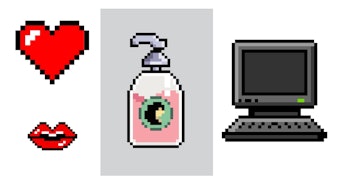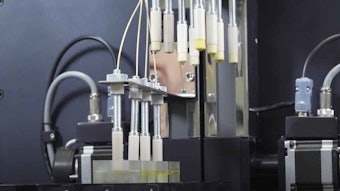Hollywood and the Discovery Channel have revealed to the public what archaeologists find under a mummy’s dressings: dusty, cracked representations of a former self. And while ancient techniques have worked to preserve the bodies and organs of the deceased, such means have maintained them in a salt-cured state, obviously not in working order—much less preserving a youthful appearance. But the fact remains that some of the history of ancient Egyptian culture can be learned from such well-preserved bodies and from the techniques used by the Egyptians to preserve them (see Preservation by Mummification).
Who knows how the mummies’ faces and bodies might have looked had they been treated while alive with the ultra healing benefits of today’s advanced controlled-release moisturizers. Perhaps typecast mummies of current horror and science fiction films would instead be gracing the pages of Cosmopolitan.
Textiles, bandages, socks and gloves, and other wrap-type articles in close contact with skin have been finding applications in personal care through innovative collaborations. As an example, known for years in the spa industry as a means to remove toxins from the skin, wraps are being used in reverse—to deliver skin benefits such as healing agents, vitamins, actives and more. This column offers a brief survey with commentary on technologies being developed to deliver cosmetic or dermatological benefits via textiles.
For the complete article, subscribe to C&T magazine's Digital Edition.










